Introduction
The study took place in Q4 of 2024 and uncovered key findings supporting the integration of AI for students in the medical field.
In collaboration with NUS Business School, our team conducted a preliminary study at NUS Yong Loo Lin School of Medicine to better understand the sentiment towards AI in healthcare amongst medical students. The study consisted of a survey designed to understand medical students’ orientation, behavior, and the utility of AI tools in their education and practice.
Methodology
Sample size: The survey sample included 56 participants, comprising 39 medical students (in different years) and 17 medical interns or residents.
Questionnaire: The survey questions gathered information on the frequency of using digital tools for medical information, the types of tools used, the information searched for, the devices used to access them, and the challenges faced while using them.
Evaluation: The responses were collected and analyzed to gain insights into the prevailing behaviors and attitudes of the sample population.
Results
The analysis of the responses obtained from the participants led to the following results:
a) Frequency of usage – Across the entire sample, 21% of respondents search/consult medical literature or clinical guidelines approximately once a week, 30% do so 2-3 times a week, and 27% engage in this activity 6-7 times a week.
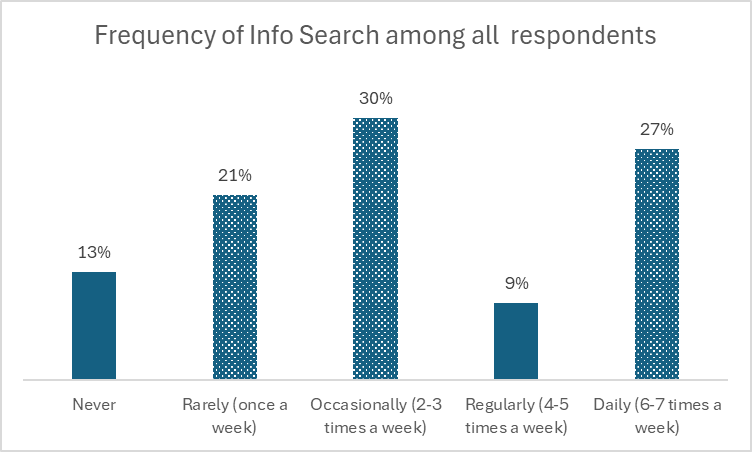
Fig 1: The graph highlights the frequency of information searches by all the respondents
Among Medical Interns/Residents, an impressive 47% consult medical literature or clinical guidelines occasionally (2-3 times a week).
In contrast, the majority of Medical Students (31%) engage in these searches on a daily basis.
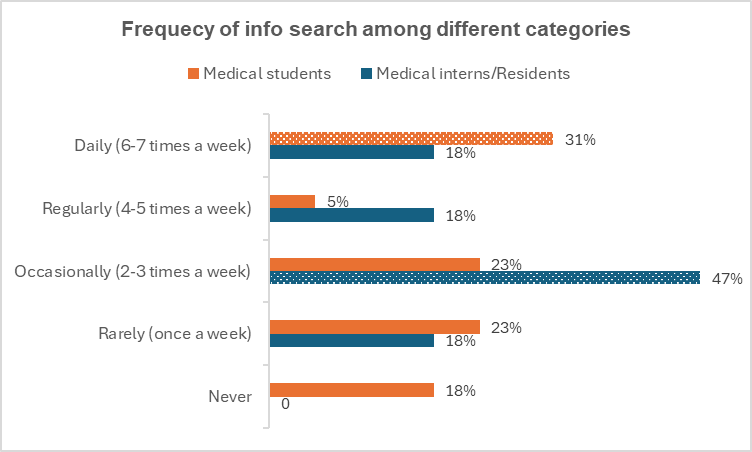
Fig 2: The graph highlights the frequency of information searches among the two groups – medical students and medical interns/residents.
b) What information is typically researched – we discovered that the two groups have different behaviors when it comes to what information they tend to search for:
Medical students: The most frequently searched topics included study materials and exam preparation, diagnosis and treatment guidelines, and medication information with interactions, with 56% of respondents reporting these as their frequent searches.
Medical interns/Residents: Of the medical interns/residents, 88% identified diagnosis and treatment guidelines as the most frequently searched information. Additionally, around 64% indicated frequent searches related to patient care, management, medication, and interactions.

Fig 3: The graph highlights the frequently searched information categories among medical students and medical interns/residents
c) Digital tool use – Across both Medical Students and Medical Interns/Resident groups, the top digital tools of choice were PubMed, UpToDate, Google Scholar, Medscape, Amboss, and Cochrane Library.
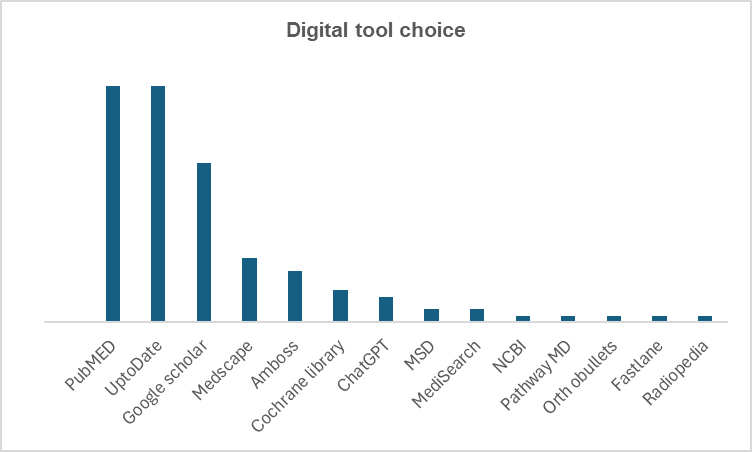
Fig 4: The graph shows the different digital tools that are used by both medical students and medical interns/residents
d) Devices used – When it comes to platforms for accessing digital tools, 61% of respondents use both mobile devices and desktops, 31% rely solely on desktops, and only 8% exclusively use mobile devices.
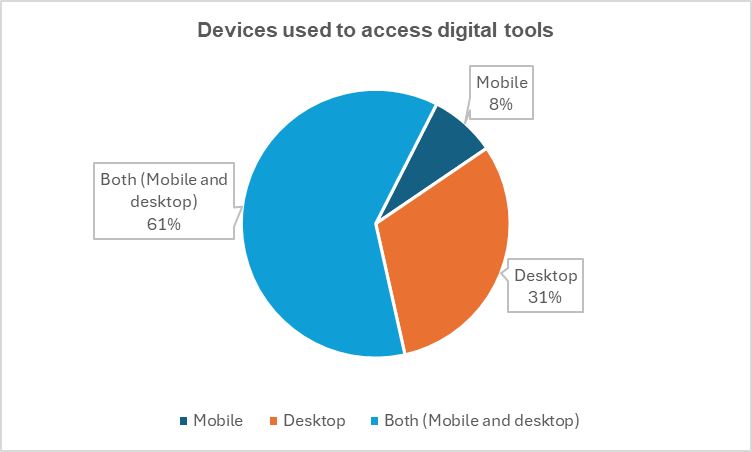
Fig 5: The pie chart shows the devices used by medical students and interns/residents to access the different digital tools
e) Challenges encountered: Notably, both Medical Students and Medical Interns/Residents expressed frustration with their current digital tools, citing challenges such as “difficulty finding specific or relevant information” and “information overload with too many irrelevant results.”
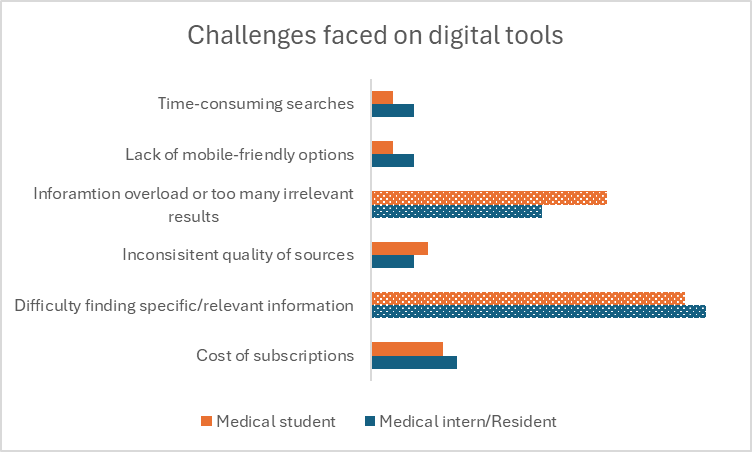
Fig 6: The graph highlights the different challenges faced by both medical students and interns/residents while using traditional digital platforms
The Case for AI for Students in the Medical Field
- Medical students rely on daily literature consultations for learning, while interns/residents balance patient care and consult literature less frequently, often turning to colleagues for informed decisions.
- Most respondents use mobile and desktop platforms, highlighting the need for cross-platform compatibility in digital tools.
- Both medical students and interns/residents express frustration with digital tools due to difficulty finding relevant information and information overload.
From the insights mentioned above, it is clear that the medical community would likely appreciate an AI tool that offers cross-platform compatibility, streamlines information retrieval to reduce overload, a tool designed to support both groups of users with their unique use cases.
Conclusion
The study underscores the pressing need for an AI tool that empowers both medical students and interns/residents by simplifying access to study materials, clinical guidelines, and critical insights for complex cases. The frustrations with current tools, especially in finding relevant information, highlight a clear opportunity. Platforms like Dx rise to the challenge, offering seamless access to the latest medical guidelines, medical-question answering for learning and exam prep, and cutting-edge clinical resources for diagnostics—all designed to improve how future healthcare professionals learn and work.
Explore the specialized modules offered by Dx to help with all your medical tasks:
Prime – an AI-powered search engine for fast, concise, and credible information.
Research – a tool built specifically for medical professionals engaged in research.
Guidelines – a tool designed to help you access and compare credible clinical guidelines across geographies for the purpose of helping medical professionals learn faster and make informed decisions.
Diagnostics– an AI-powered tool that provides key insights, guides investigations, and aids in crafting a comprehensive management plan.
